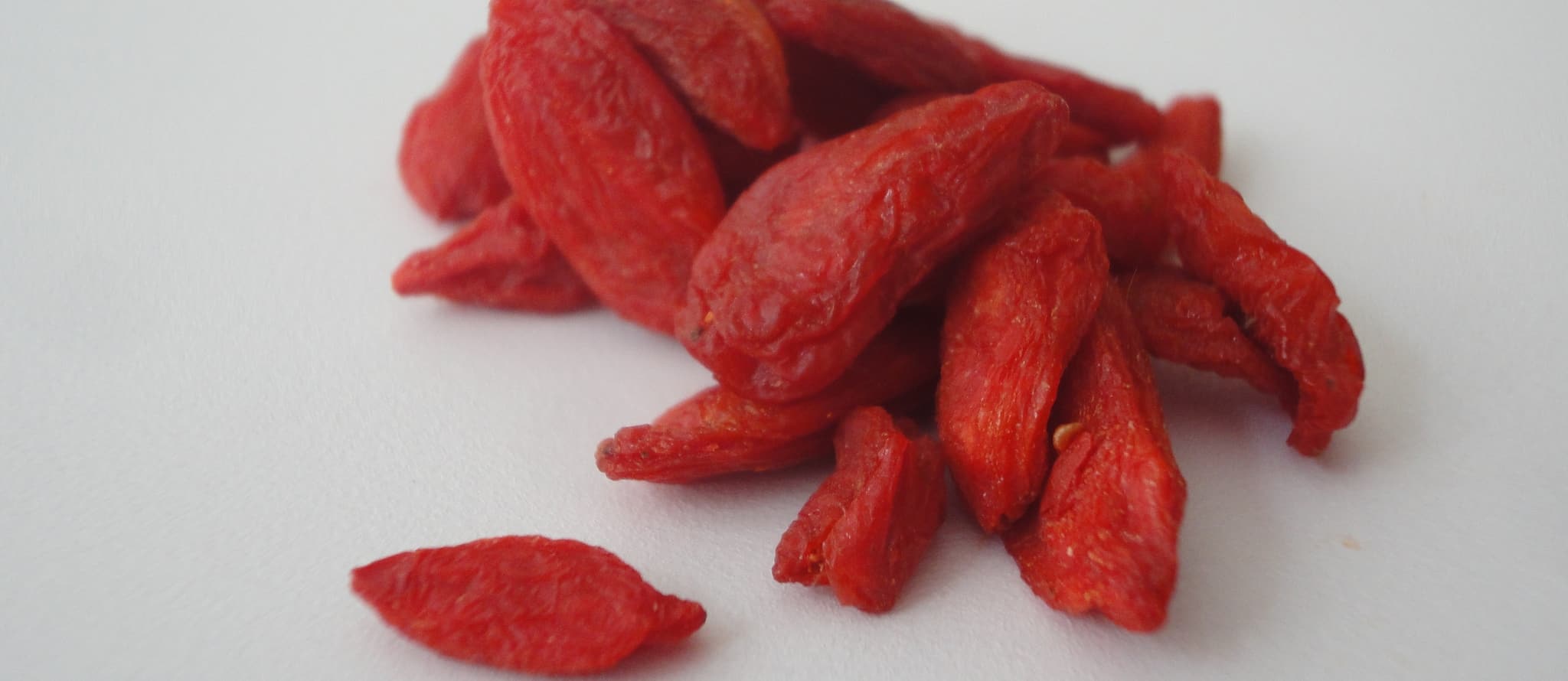Anyone who has gotten a bad sunburn knows how damaging the UV rays in sunlight can be. Imagine what those same rays are doing to back of our eyeballs (our retinas). The eye is designed to take sunlight and focus it like a magnifying glass into the back of our eyes. Thankfully, we have a layer of cells called the retinal pigment epithelium that supports and protects our delicate retinal eyesight machinery. The layer builds up yellow plant pigments like zeaxanthin from our diet, absorbing blue light and protecting the retina from photo-oxidative damage. The yellowing of our corneas when we develop cataracts may actually be our bodies’ defense mechanism to protect our retinas. In fact, when cataracts are removed, the risk of blindness from macular generation shoots up (because we removed the protection). Instead of trading one type of vision loss for another, it’s better to pigment the back of our eyes through diet instead of pigmenting the front of our eyes with cataracts. The pigment in the back of our eyes is entirely of dietary origin, “suggesting that the most common cause of blind registration in the Western World could be delayed, or even averted, with appropriate dietary modification,” according to authors of a study on age-related macular degeneration.
Where in our diet do we get these pigments? The egg industry brags that eggs are a good source, but have nearly six high-lutein, free-range, certified organic eggs a week for three months and the pigmentation in one’s eyes may only marginally increase (see Egg Industry Blind Spot). Instead of getting the phytonutrients from the egg that came from the chicken that came from the corn and blades of grass the chicken pecked on, we could get it from the source. One cup of corn and a half cup of spinach a day for three months seems to dramatically boost the protective eye pigment in subjects. In the video, Dietary Prevention of Age Related Macular Degeneration, you can see a comparison of the amount of these phytonutrients from eggs compared to corn and spinach. If we cut out the middlehen and get these nutrients from plants directly, we see a substantially larger increase in protective eye pigment.
Three months after the subjects stopped eating the corn and spinach, the levels of these pigments remained relatively high, indicating that once we build our macular pigment up with a healthy diet, our eyeballs really try to hold on to it. So even if we go on vacation and end up eating more iceberg lettuce than spinach, our eyes will hold out until we get back.
Eggs can increase zeaxanthin levels in the blood, but they can also raise bad cholesterol levels and increase the risk of heart disease. Thus, as researchers conclude, “an egg yolk-based dietary strategy to increase plasma zeaxanthin cannot be recommended, and an alternative, cholesterol-free, food source is desirable.” One such alternative would be goji berries, which have up to 60 times more zeaxanthin than eggs. A modest dose of goji markedly increases levels in our body. Consumption of goji berries may be an effective, safe whole food strategy to increase zeaxanthin in the bloodstream.
But we don’t need it in our blood, we need it in our eyes. A group of researchers performed a double-blind randomized placebo-controlled trial to test the effectiveness of goji berries at increasing pigment levels. To preserve eyesight in the elderly in traditional Chinese medicine, people are often prescribed 40 to 100 goji berries a day. In this study, participants consumed only about 15 berries a day for three months. Even at this small dose researchers found that goji berries could protect against loss of pigment and prevent the buildup of debris that builds up in the back of the eye. Both loss of pigment and debris buildup are associated with age-related macular degeneration.
Macular degeneration is the leading cause of legal blindness in older men and women, affecting more than ten million Americans, so increasing our consumption of these pigments as a society could significantly decrease the prevalence of blindness. In the above study, researchers gave the goji berries in milk so the butterfat could increase the absorption of these carotenoid pigments. A healthier way to get the same effect would just be to eat goji berries with nuts or seeds—in other words, goji trail mix.
Though they didn’t appear to boost a measure of immune function (Boosting Natural Killer Cell Activity), goji berries are one of the most antioxidant packed snacks out there.
-Michael Greger, M.D.
PS: If you haven’t yet, you can subscribe to my videos for free by clicking here and watch my full 2012 – 2015 presentations Uprooting the Leading Causes of Death, More than an Apple a Day, From Table to Able, and Food as Medicine.
